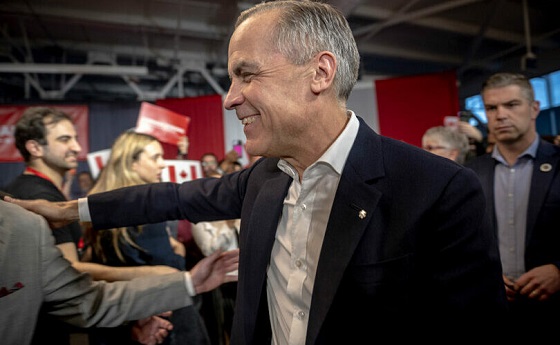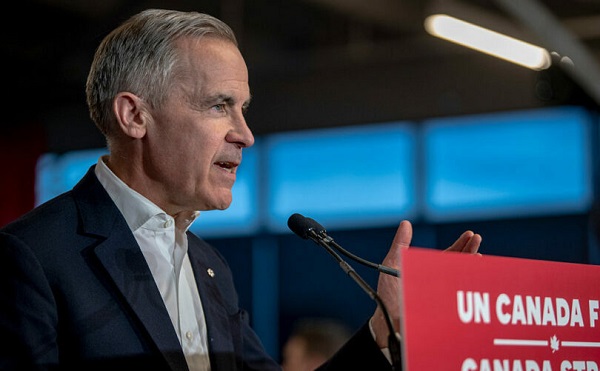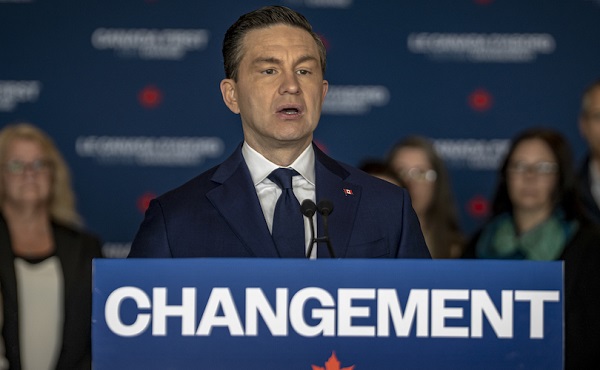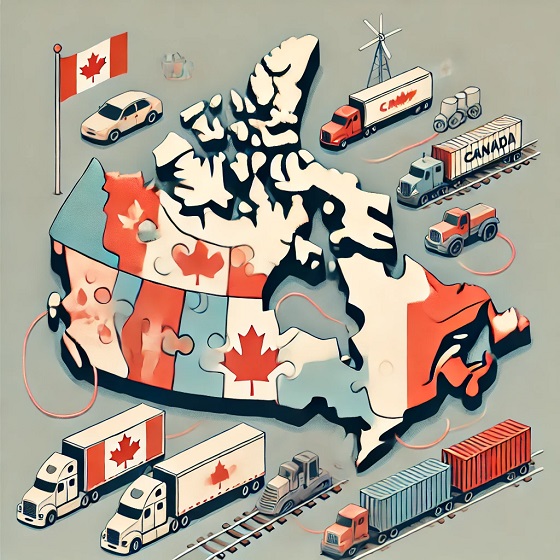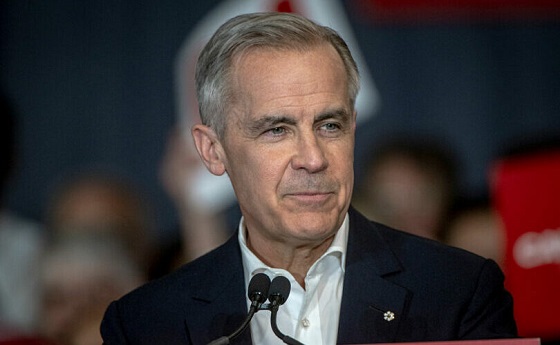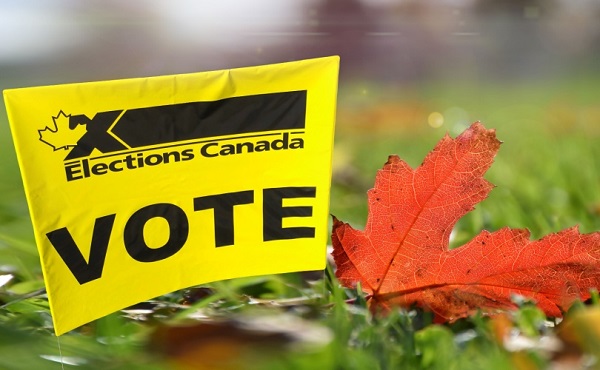Kristi Noem, secretary of the U.S. Department of Homeland Security
From The Center Square
By Sarah Roderick-Fitch and Alan Wooten
Luxury hotels in New York City including the Roosevelt, recipients of $59 million from FEMA to house immigrants, were a base of operations for Venezuelan gang Tren de Aragua and served as a residence of the convicted killer of Laken Riley.
Homeland Security Secretary Kristi Noem shared the startling revelation Wednesday afternoon, just more than 48 hours after the Department of Government Efficiency team led by Elon Musk revealed the payments. She specifically said the Roosevelt Hotel was utilized by the notorious Venezuelan prison gang with members among the highest priority in thousands of arrests and detainers from U.S. Immigration and Customs Enforcement since the inauguration of President Donald Trump.
“I have clawed back the full payment that FEMA deep state activists unilaterally gave to NYC migrant hotels,” Noem wrote on social media. “FEMA was funding the Roosevelt Hotel that serves as a Tren de Aragua base of operations and was used to house Laken Riley’s killer. Mark my words: there will not be a single penny spent that goes against the interest and safety of the American people.”
Riley, a University of Georgia nursing student, was murdered while out jogging. Jose Antonio Ibarra, 26, was illegally in the country and subsequently found guilty in November 2024.
The murder became a rallying cry for conservatives and a central issue in Trump’s reelection campaign.
The bipartisan Laken Riley Act – authorizing law enforcement to detain people illegally in America arrested for committing theft, assaulting law enforcement, or causing serious injury or death to another person – was the first major bill the 47th president signed into law on Jan. 29.
In the wake of the Trump administration’s findings through DOGE, four federal workers at the Federal Emergency Management Agency were fired Tuesday. The embattled agency previously ran by Alejandro Mayorkas in the Biden administration is a major agency within Noem’s DHS.
Homeland Security, in an emailed statement to The Center Square on Tuesday, said the firings included FEMA’s chief financial officer, two program analysts, and a grant specialist.
“Under President Trump and Secretary Noem’s leadership, DHS will not sit idly and allow deep state activists to undermine the will and safety of the American people,” the DHS said in its email.
Tren de Aragua is designated a foreign terrorist organization.
According to ICE, the Tren de Aragua gang is known for engaging in various criminal activities such as drug trafficking and violent crimes – including murder. Multiple reports indicate its operation is nationwide, the volume in certain locales greater than in others.
A couple of the gang members were tied to assaults on New York Police Department officers in Times Square last year. The attack garnered national outrage after four of the Venezuelan migrants indicted in the attack were apprehended by federal law enforcement but were released without deportation.








